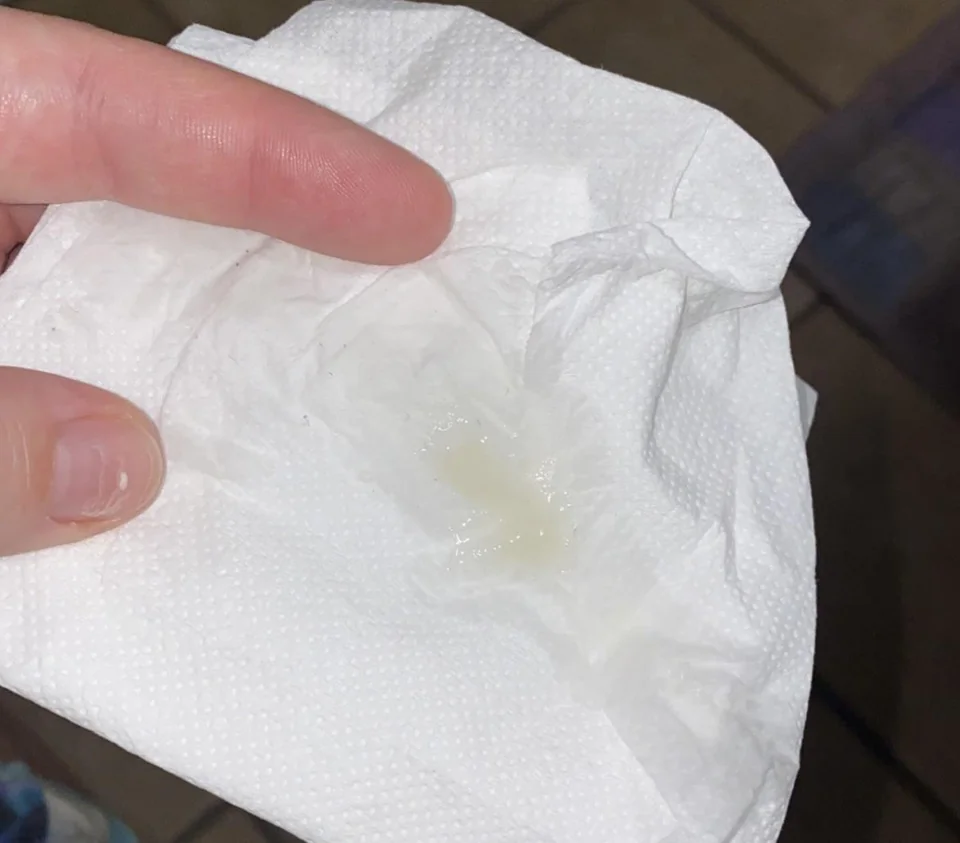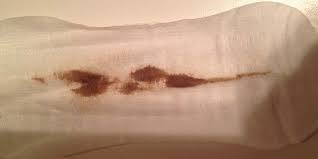What is vaginal discharge?
Vaginal discharge is a clear or whitish fluid that comes out of the vagina. The uterus, cervix, or vagina can produce the fluid. Most women have vaginal discharge but not all discharge is normal. The amount of discharge is different for each woman.
In women who are premenopausal, it is normal to have approximately one-half to one teaspoon (2 to 5 mL) of white or clear, thick, mucus-like, and mostly odorless vaginal discharge every day. Some women have a little discharge now and then. Others have discharge every day. However, the amount and consistency of the discharge varies from one woman to another.
Causes of vaginal discharge
Normal vaginal discharge is a healthy bodily function. It’s your body’s way of cleaning and protecting the vagina. For instance, it’s normal for discharge to increase with sexual arousal and ovulation. Exercise, use of birth control pills, and emotional stress may also result in discharge.
Abnormal vaginal discharge, however, is usually caused by an infection.
Trichomoniasis: Trichomoniasis is a type of infection. It’s caused by a protozoan or single-celled organism. The infection is usually spread by sexual contact, but it can also be contracted by sharing towels or bathing suits. It results in a yellow or green discharge that has a foul odor. Pain, inflammation, and itching are also common symptoms, although some people don’t experience any symptoms.
Bacterial vaginosis: Bacterial vaginosis is a quite common bacterial infection. It causes increased vaginal discharge that has a strong, foul, and sometimes fishy odor, although it produces no symptoms in some cases. Women who receive oral sex or who have multiple sexual partners have an increased risk of acquiring this infection.
Yeast infection: A yeast infection is a fungal infection that produces white, cottage cheese-like discharge in addition to burning and itching sensations. The presence of yeast in the vagina is normal, but its growth can multiply out of control in certain situations. The following may increase your likelihood of yeast infections:
- stress
- diabetes
- use of birth control pills
- antibiotics, especially prolonged use over 10 days.
Gonorrhea and chlamydia: Gonorrhea and chlamydia are sexually transmitted infections (STIs) that can produce an abnormal discharge. It’s often yellow, greenish, or cloudy in color.
Human papillomavirus (HPV) or cervical cancer: The human papillomavirus (HPV) infection is spread by sexual contact. It can lead to cervical cancer. While there may be no symptoms, this type of cancer can produce a bloody, brown, or watery discharge with an unpleasant odor. Cervical cancer can easily be screened for with yearly Pap smears and HPV testing.
Pelvic inflammatory disease (PID): This is an infection that’s often spread by sexual contact. It occurs when bacteria spread up the vagina and into other reproductive organs. It may produce a heavy, foul-smelling discharge.

Is white discharge sign of period coming?
Most women experience a range of different types of discharge throughout their menstrual cycle. You may produce around a teaspoon of thick or thin, odorless mucus each day, and the color can change from white to clear to brown.
According to medical news, the amount of vaginal discharge can vary significantly from person to person. The color, consistency, and amount can also change from day to day, depending on where a person is in their menstrual cycle:
- Days 1–5. At the beginning of the cycle, discharge is usually red or bloody, as the body sheds the uterine lining.
- Days 6–14. Following a period, a person may notice less vaginal discharge than usual. As the egg starts to develop and mature, the cervical mucus will become cloudy and white or yellow. It may feel sticky.
- Days 14–25. A few days before ovulation, the mucus will be thin and slippery, similar to the consistency of egg whites. After ovulation, the mucus will go back to being cloudy, white or yellow, and possibly sticky or tacky.
- Days 25–28. The cervical mucus will lighten, and a person will see less of it, before getting another period.
What does brown discharge mean?
Brown or bloody discharge is usually normal, especially when it occurs during or right after your menstrual cycle. A late discharge at the end of your period can look brown instead of red. You may also experience a small amount of bloody discharge between periods. This is called spotting.
If spotting occurs during the normal time of your period and you’ve recently had sex without protection, this could be a sign of pregnancy. Spotting during an early phase of pregnancy can be a sign of miscarriage, so it should be discussed with your OB-GYN.
In rare cases, brown or bloody discharge can be a sign of endometrial or cervical cancer. It could be other problems such as fibroids or other abnormal growths. This is why it’s important to get a yearly pelvic exam and Pap smear. Your gynecologist will check for cervical abnormalities during these procedures.
What does yellow discharge mean?
A yellow or green discharge, especially when it’s thick, chunky, or accompanied by an unpleasant smell, isn’t normal. This type of discharge may be a sign of the infection trichomoniasis. It’s commonly spread through sexual intercourse.
Can douching help cure vaginal discharge?
The chemicals in douches may irritate your vagina and change the normal balance of germs in your vagina. Douching can also spread an infection into the uterus, increasing your risk of getting pelvic inflammatory disease (PID). PID is an infection of the fallopian tubes that can cause you to be unable to have children.
Douching isn’t necessary to keep your body clean. Smells you may notice usually come from outside the vagina (vulva). Keeping this area clean with gentle soap and water can prevent smells. Read: Is it normal for discharge to feel like pee?







